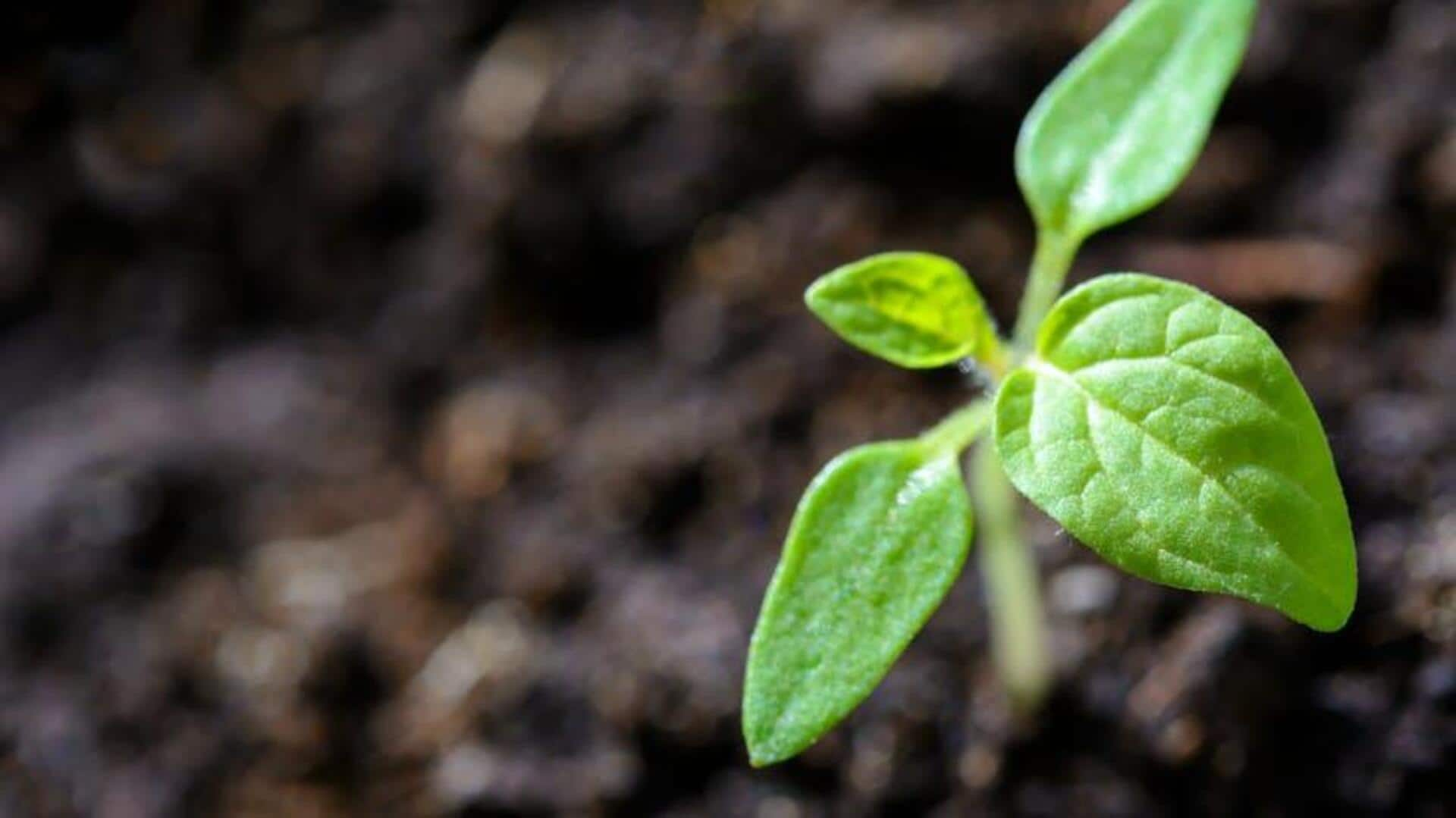
5 hacks to save your overwatered plants
What's the story
Overwatering is one of the most common problems that can cause a plant's health to go downhill. If you notice the signs and take corrective action in time, you can save your plants from irreversible damage. Here are five effective steps to rescue overwatered plants and restore them to their former glory. With these practical tips, your plants will be thriving in no time!
Symptoms
Identify signs of overwatering
The first step to saving overwatered plants is identifying the symptoms. Look for yellowing leaves, wilting even with moist soil, or root rot. These are clear signs your plant might be getting too much water. Early detection is key as it helps you take timely action before the damage gets severe.
Watering plan
Adjust watering schedule
Once you've recognized overwatering as the issue, it's important to revise your watering schedule right away. Let the soil dry out completely before adding more water. This technique prevents further saturation from occurring and allows the roots to get back from stress. For accuracy, check the soil's moisture levels by either using your finger to see if it's dry or a moisture meter for exact readings.
Drainage solutions
Improve drainage conditions
Improving drainage is key to preventing future overwatering problems. Make sure your pots have sufficient drainage holes and consider mixing in materials such as perlite or sand to enhance aeration and capacity for drainage in the soil. If need be, repotting into a container with improved drainage can also prove helpful.
Pruning techniques
Prune damaged roots and leaves
Pruning damaged roots and leaves helps reroute energy to healthier growth areas of the plant. Gently cut off any brown or mushy roots with sterilized scissors or pruning shears, taking care not to damage healthy areas of the root system. Cut off yellowed or dead leaves too.
Environmental adjustments
Provide adequate light and air circulation
Ensuring proper light exposure and air circulation helps to dry out excess moisture from both soil surface and foliage faster than usual conditions would allow. This is especially true indoors during humid seasons when evaporation rates slow down significantly. Indoors, compared with outdoors under direct sunlight, where natural breezes occur frequently throughout the day, aid evaporation processes naturally. This happens without human intervention required at all times.